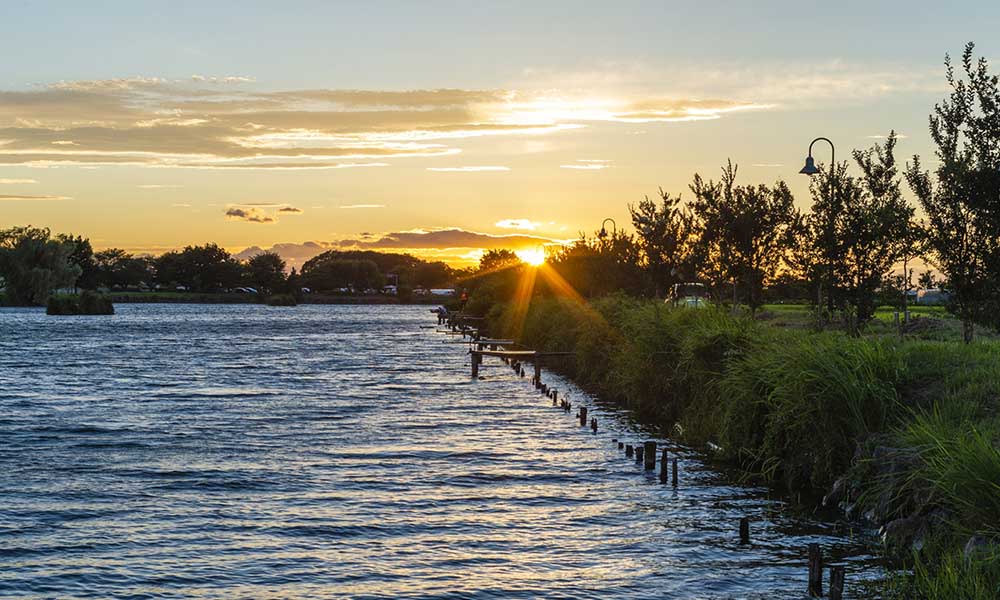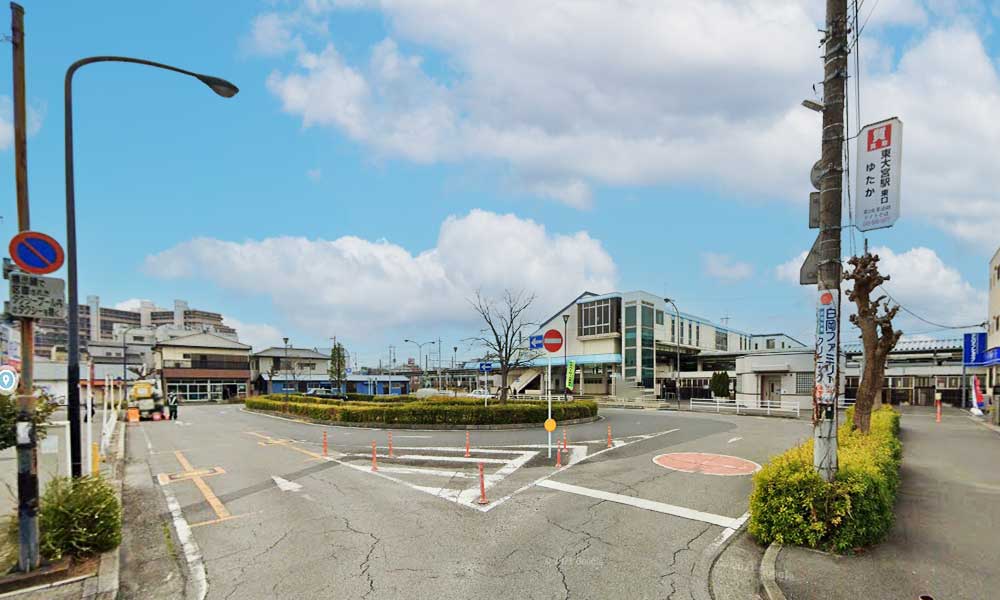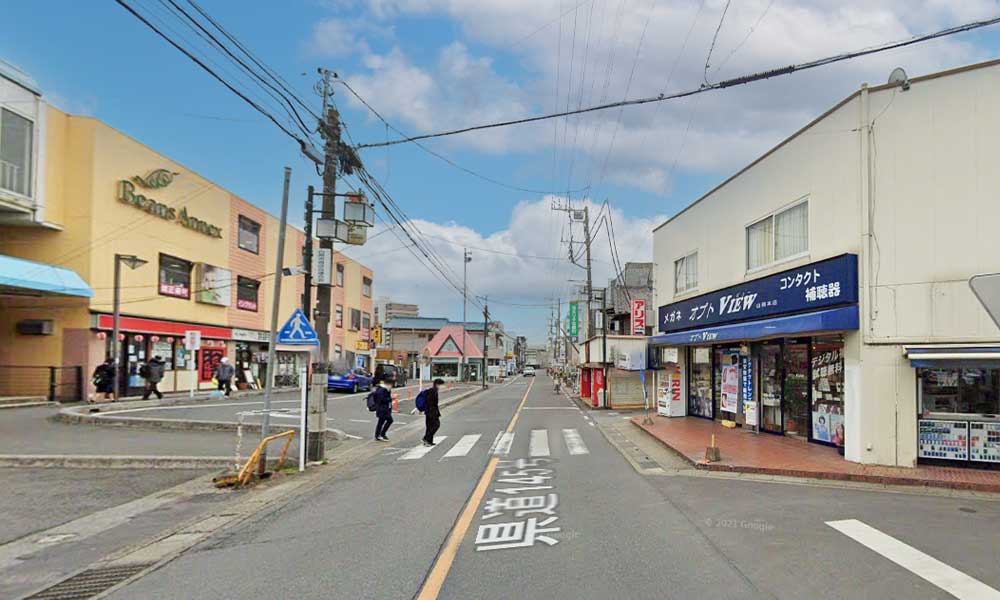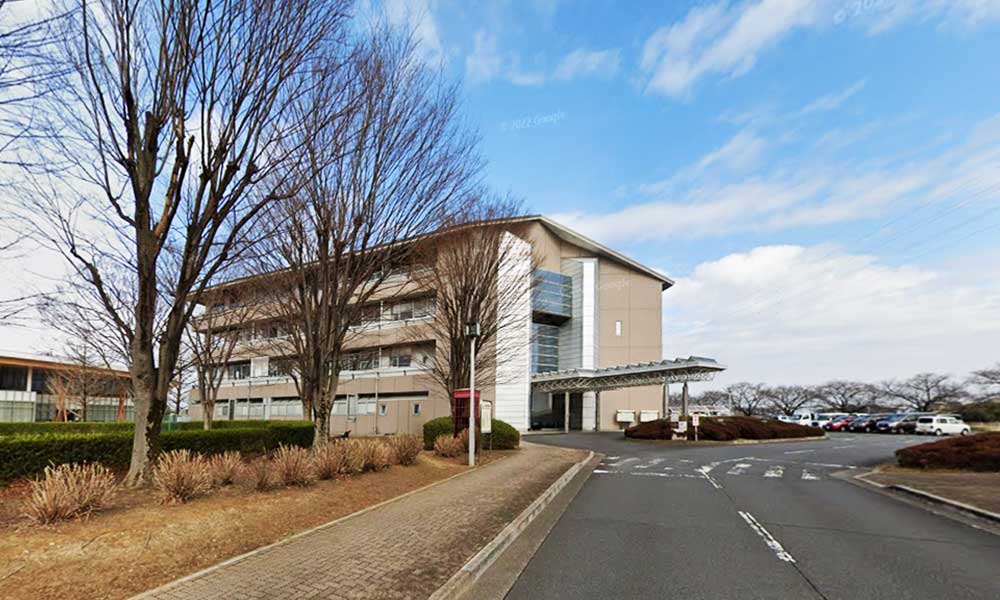Shiraoka City, Saitama埼玉県白岡市
Living in Shiraoka City, Saitama

We have Summarized the livability of Shiraoka City, Saitama.
TONE AREA利根地域
CONTENTS
- What kind of place is Shiraoka City?
- Shiraoka CityPR video
- How is the traffic situation in Shiraoka City?
- How are the rent and land prices in Shiraoka City?
- How about shopping in Shiraoka City?
- How is childcare and education in Shiraoka City?
- How are the administrative institutions in Shiraoka City?
- How are the hospitals in Shiraoka City?
- How are the police and fire departments in Shiraoka City?
- How are the playgrounds in Shiraoka City?
- How are the restaurantsin Shiraoka City?
- How about jobs and recruitment in Shiraoka City?
- Shiraoka City’s unique subsidy/subsidy system
What kind of place is Shiraoka City, Saitama?
 Shibayama Numa Park
Shibayama Numa Park
Shiraoka City: Ranked Among the Top Cities for Livability in Saitama Prefecture
Shiraoka City, located in central-eastern Saitama Prefecture, is bordered by Miyashiro Town to the east, Kitamoto City to the west, Kuki City to the north, and Ina Town and Hasuda City to the south.
As of March 1, 2022, Shiraoka City has 22,427 households and a population of 52,712. The city covers an area of just under 25 square kilometers and stretches approximately 10 kilometers from east to west.
Situated around 40 kilometers from central Tokyo, Shiraoka is a popular bedroom community for those commuting to the city. With many residential neighborhoods, natural landscapes including farmland and forests, Shiraoka is an ideal location for families raising children.
In the “2022 Livable Cities Ranking for All Cities” by Toyo Keizai Inc., Shiraoka ranked 8th in Saitama Prefecture in terms of overall livability, reflecting its popularity as a desirable place to live.
Known for its abundance of rivers, Shiraoka features the Moto-Arakawa River along the border with Hasuda City, as well as numerous smaller rivers throughout the area.
The city lies on a mostly flat plain with both upland and lowland areas, and it lacks mountainous regions. To the north, Shibayama Marsh can be found, and to the northwest lies Saranuma Marsh, making it a water-rich area.
Shiraoka is also one of Saitama’s leading producers of pears, notably of the Kosui and Hosui varieties. The area also cultivates many new varieties, including Saitama-developed “Saitama Pearl,” attracting attention for its unique offerings.
PR video of Shiraoka City, Saitama
The Charm of Shiraoka City [Full Version]
How is the traffic situation in Shiraoka City?
 Shiraoka Station
Shiraoka Station
Shiraoka City: Within Commuting Distance to Tokyo
Located within 40 kilometers of central Tokyo, Shiraoka City offers a relatively convenient location.
The JR Utsunomiya Line passes through the city, with Shiraoka Station and Shin-Shiraoka Station providing access to Tokyo and Ueno Stations in about 50 minutes, and to Ikebukuro and Shinjuku Stations in about 50 minutes as well. This makes the line a popular choice for commuting.
The Shonan-Shinjuku Line and Ueno-Tokyo Line also stop here, ensuring easy rail access to central Tokyo. Shiraoka Station sees over 10,000 daily passengers on average, while Shin-Shiraoka Station averages over 5,000 daily riders, making them vital for local transportation.
Bus services include local buses operated by private companies and “Shiraoka Shared Transportation,” a community-based public transit service requiring user registration and reservations.
The city also supports its elderly residents by offering multi-ride tickets for the shared transport to those who have voluntarily surrendered their driver’s licenses, highlighting a strong commitment to senior services.
For road travel, Shiraoka has the Kuki-Shiraoka Junction on the Tohoku Expressway, along with the Shiraoka-Shobu Interchange on the Metropolitan Inter-City Expressway.
National Route 122 and several prefectural roads run through the area, making car travel convenient to other regions. There are also cycling roads, providing a pleasant route for cyclists.
From Shiraoka Station and Shin-Shiraoka Station, you can access areas within Tokyo such as Shinjuku and Ikebukuro, or Tokyo and Ueno in less than an hour.
By the time the train arrives at Shiraoka Station or Shin-Shiraoka Station, all the seats will be filled, so you will have to stand all the way to your destination.
How are the rent and land prices in Shiraoka City?
 Shiraoka Station
Shiraoka Station
Your Dream Custom Home Near Tokyo: Shiraoka City
According to SUUMO, the average rent in Shiraoka City is approximately 70,000 yen for a 1LDK apartment and 86,000 yen for a 3DK apartment. With a budget of around 90,000 yen, you can find a fairly good property.
The average land price in Shiraoka City is about 313,000 yen per tsubo (approximately 3.3 square meters), with prime locations reaching around 600,000 yen per tsubo. For those considering a custom-built home, it’s possible to find an ideal spot for a beautiful residence depending on the location.
The area is rich in nature, with farmland and fields. It is possible to commute to work or school in Tokyo, and the land prices are cheaper than in Saitama City, so the options for purchasing a home have expanded, and the area has been attracting attention from families in recent years.
The areas around stations are convenient, but in more remote areas, it can be inconvenient to need a car or bus just to get to the station.
How is childcare and education in Shiraoka City?
 Shiraoka City Hall
Shiraoka City Hall
Shiraoka City: A city that actively supports the diversity of children
In Shiraoka City, Saitama Prefecture, there are six elementary schools, four junior high schools, and one high school.
There are also preschools and daycare centers, and a significant number of students attend these institutions.
Shiraoka City has its own initiatives under the ‘Shiraoka City Child-Rearing Support Program,’ which includes services like baby bed rentals and childbirth and childcare support grants.
For children up to 18 years old who are covered by health insurance, the ‘Child Medical Expense Subsidy Program‘ is available, providing subsidies for out-of-pocket expenses for insured medical services. This level of support, which extends beyond junior high school, is notable compared to many municipalities, making Shiraoka an especially supportive environment for families.
Additionally, since fiscal year 2017, Shiraoka City has implemented the Shiraoka Kodomo Mirai Yume Project, which provides learning experiences beyond the standard curriculum.
The project aims to foster children’s sensitivity, resilience, and potential, encouraging them to discover their unique abilities.
To ensure children’s safety on their way to and from school, Shiraoka has established measures like the “Child 110 Houses,” crime prevention volunteers, and School Guard Leaders. Community discussions are also held regularly to support safe child-rearing within each neighborhood.
There are many after-school programs, such as cram schools near the train stations, providing children with places to develop their skills. These institutions are known for their teaching quality, reflecting positively on the city’s educational environment.
There is plenty of nature and parks, and there is ample support for raising children, making it a popular place for people of child-rearing to gather.
A little way from the station is a rural area, so you need to be careful during dark hours such as at night.
How about shopping in Shiraoka City?
A City Full of Supermarkets: Shiraoka City
Shiraoka City boasts numerous supermarkets, including Gyomu Super, Food Off Stocker, Kasumi, and Mammy Mart, as well as many drugstores. Many of these stores offer large parking lots, making shopping very convenient.
With so many stores clustered within Shiraoka, competition keeps prices competitive throughout the city. Additionally, there are numerous convenience stores, so residents never have trouble finding essentials like food and other daily items.
There are several supermarkets in Shiraoka city, so you will have no trouble purchasing groceries and daily necessities.
There are no shopping malls, so if you’re looking for fashionable products such as fashion and miscellaneous goods other than groceries and daily necessities, you’ll have to go to a nearby area.
How about jobs and recruitment in Shiraoka City?
A City for Working Locally or Commuting: Shiraoka City
Many residents of Shiraoka City commute to Tokyo, as it serves as a popular bedroom community for the capital.
Additionally, many people work not only within the city but also in surrounding areas.
Within Shiraoka, industries like construction, wholesale, and personal services are prevalent.
Job openings in construction-related fields are relatively common, with positions available for both full-time and part-time roles.
There is a strong demand for on-site jobs, including roadwork and residential construction. In addition to construction, the manufacturing industry offers many positions.
Machine operator roles in manufacturing are widely available, and many companies offer the potential for full-time employment.
Other sectors, such as food services, gas stations, and truck driving, also have a variety of job openings. Truck driver positions often favor applicants with licenses.
However, there are also many opportunities for light cargo drivers, which are accessible for women.
Job openings in retail are also numerous, with supermarkets, home centers, and drugstores frequently hiring.
Shiraoka City, Saitama’s unique subsidy/subsidy system
Shiraoka City, Saitama’s unique housing assistance and subsidy system
Shiraoka City, Saitama’s unique childcare support system
| Baby cots available free of charge |
Shiraoka City, Saitama’s unique system for further education and tuition assistance/subsidies
| School attendance assistance system Loans for entrance preparation funds |










